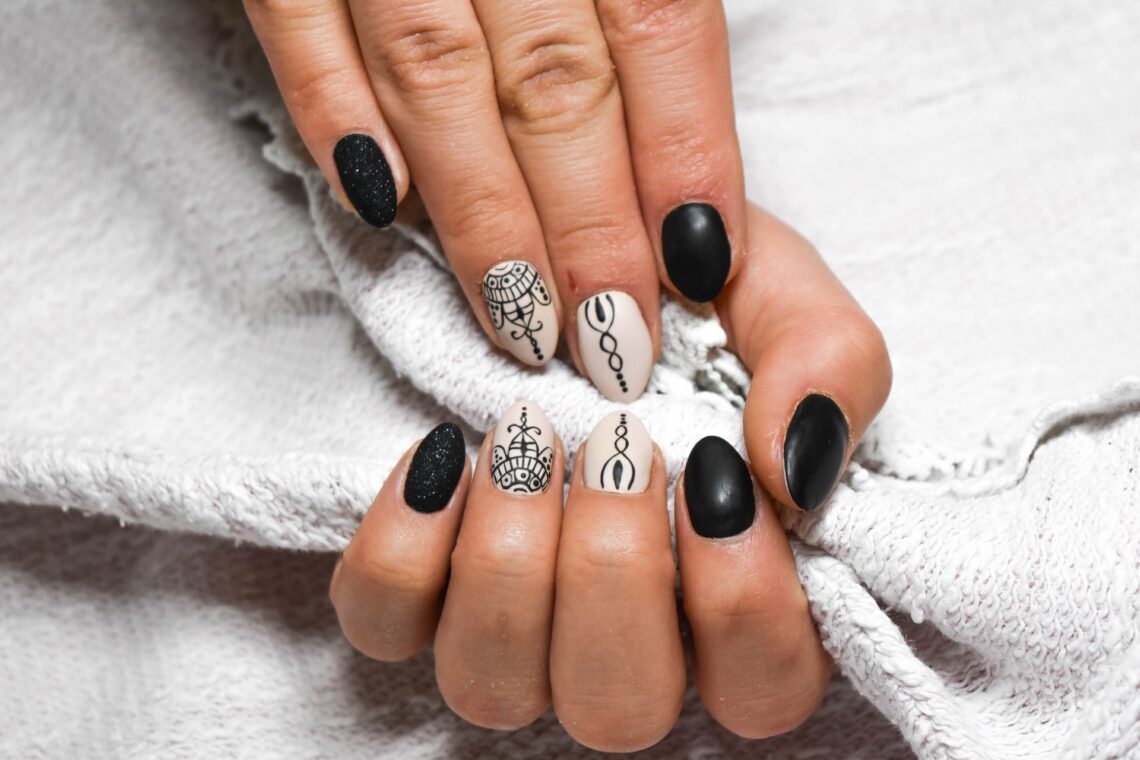Did you know that your fingernails can tell you a lot about your health? Healthy nails appear smooth and have a consistent color, but they can change due to underlying health conditions, injuries and infections.
Abnormalities in fingernails could result from injuries to fingers or hands, viral warts, infections, medical conditions and sometimes from medication.
Please seek a doctor in case you’re experiencing any of the following:
- Discoloration (display of dark streaks, white streaks, or any unexplained changes in color)
- Noticeable changes in the shape of your nails (curling or clubbing)
- Changes in nail thickness (thickening or thinning)
- Brittle nails (fragile nails that break easily)
- Pitted nails (nails developing small depressions or pits)
- Bleeding around nails
- Swelling or redness
- Persistent pain around the nails
- Nail separation (nails starting to separate from the skin)
These changes in nails can be attributed to a variety of different conditions as follows:
Nail Pitting
Nail pitting is when small round depressions or notches appear on the nails. It is common in people with skin disorders like psoriasis and eczema. It may also be related to an autoimmune disease known as alopecia areata, which causes hair loss.
Beau’s Lines
Beau’s lines refer to grooves that run across the nails and appear when nail growth halts temporarily due to injury or illness. It can also be a sign of malnutrition.
Other underlying causes of Beau’s lines are:
- Diseases that cause high fever like measles, mumps and scarlet fever.
- Peripheral vascular disease
- Pneumonia
- Uncontrolled diabetes
- Zinc deficiency
- Infections
- Certain types of medicines, such as retinoids and chemotherapy
Nail Clubbing
Nail clubbing is characterized by the thickening and curving of fingertips, and usually develops over a span of several years. It may be associated with the following issues:
- Low levels of oxygen in the blood
- Cardiovascular diseases
- Pulmonary diseases
- Liver cirrhosis
- Gastrointestinal problems
- Acquired immunodeficiency syndrome…
Read the full article here








